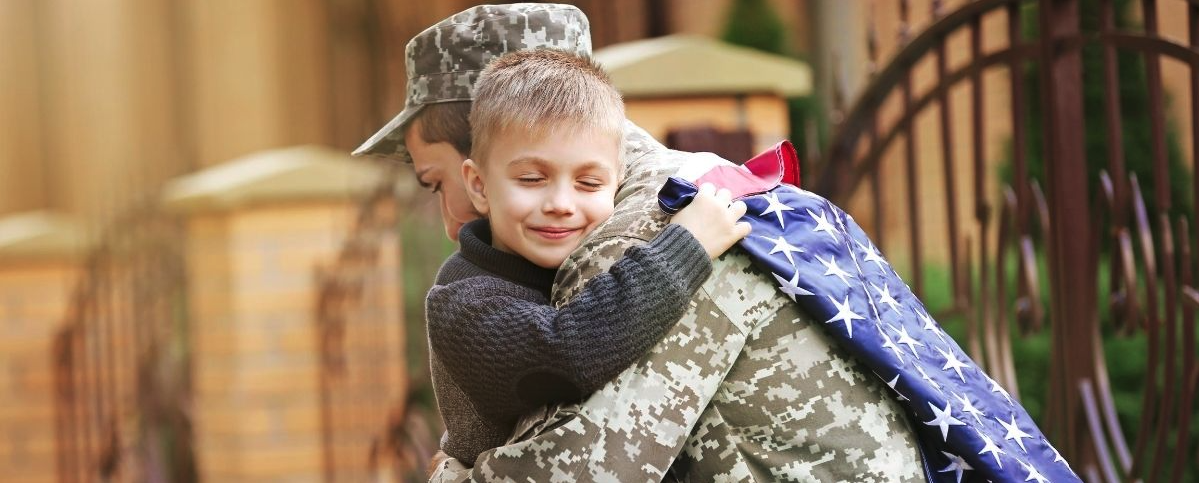While you’re an active-duty soldier, few things are ever certain. But if nothing else, you know that in the worst-case scenario, your family will be taken care of. But for veterans, things are not quite so simple.
There are several benefits you need to actively sign up for, and various options to consider. So, how do you make the transition from full-time military service? Here’s a quick guide to keeping your family safe during the process.
Active Duty Survivors’ Benefits
To start with, let’s take a look at the survivor’s benefits if you pass away on active duty. Under most circumstances, these would go to your spouse.
- The death gratuity. This is a one-time, tax-free payment of $100,000. It also includes any Servicemembers’ Group Life Insurance (SLGI) payment of up to $400,000.
- The Burial Benefit. This includes either a military ceremony or reimbursement of up to $7,700 for a private funeral, as well as funeral travel.
- Medical and dental benefits. Your spouse and children receive three years of active duty coverage. Then they move to TRICARE, the insurer for military retirees.
- Tax-exempt monthly payments for everyday expenses and education.
There are also a handful of other benefits, but this is the main thrust of it. As you can see, the SLGI insurance payment forms the bulk of what your family receives.
How Do Survivors Benefits Change After I Retire?
When you leave the service, many things change. For one thing, your family will no longer be qualified for VA benefits when you pass away, unless your death is service related.
For another thing, you lose your SGLI coverage. This is a huge blow to your family in the event of your passing. Rather than getting as much as $500,000 tax-free, they’re getting nothing. That’s not a situation you want to leave your family in.
What You Need to Decide
Your two best choices are to sign up for the Survivor Benefit Plan (SBP) or Veterans’ Group Life Insurance (VGLI).
- The SBP is an annuity plan. When you pass away, the military will continue to pay a portion of your retirement pay to your survivors. The exact amount depends on several factors, which the SBP will explain during your application.
- VGLI is similar to SGLI, but it’s for veterans instead of active service members. When you retire, you will have 120 days to convert your SGLI plan to a VGLI plan. If you don’t, it will expire, and you’ll need to buy private life insurance. VGLI plans are generously priced for younger people but can get expensive as you get older. For many people, a private insurance plan may be a better deal.
How AFBN can Help
Navigating the process of the SGLI to VGLI transition can be tricky, but you don’t have to do it on your own. The Armed Forces Benefits Network (AFBN) is dedicated to helping veterans make the transition from active service to veteran’s benefits. They have a convenient contact form online, or you can reach them directly at (866) 729-7845.


Leave A Comment